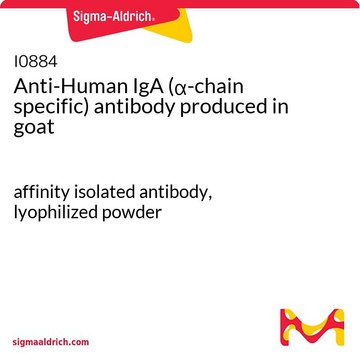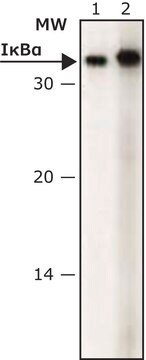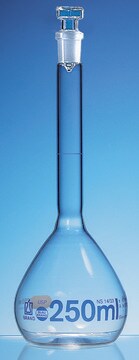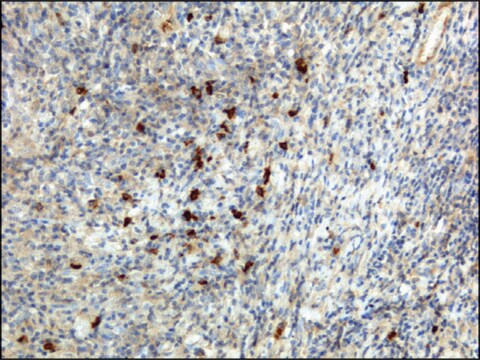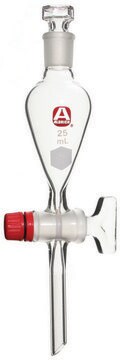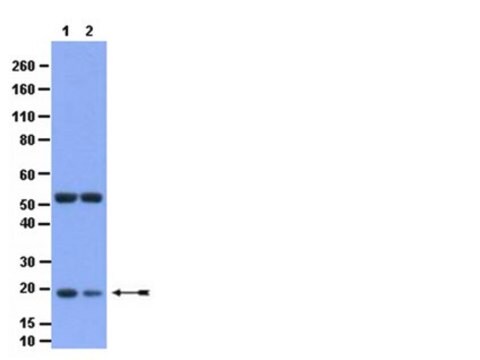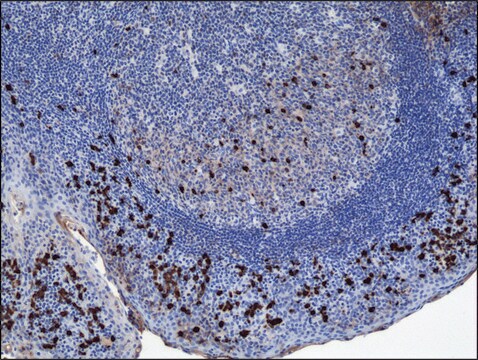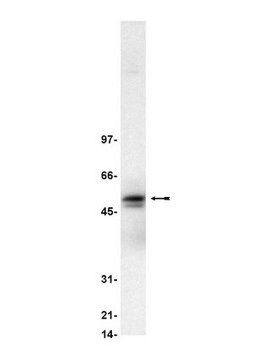07-1483
Anti-IκBα Antibody
serum, from rabbit
About This Item
Polecane produkty
pochodzenie biologiczne
rabbit
Poziom jakości
forma przeciwciała
serum
rodzaj przeciwciała
primary antibodies
klon
polyclonal
reaktywność gatunkowa
rat, mouse, human
metody
ELISA: suitable
immunohistochemistry: suitable (paraffin)
immunoprecipitation (IP): suitable
western blot: suitable
izotyp
IgG
numer dostępu NCBI
numer dostępu UniProt
Warunki transportu
dry ice
docelowa modyfikacja potranslacyjna
unmodified
informacje o genach
human ... NFKBIA(4792)
Opis ogólny
Specyficzność
Immunogen
Zastosowanie
Anti-IкBα staining on invasive ductal carcinoma tissue (Breast Cancer) was pretreated with citrate buffer, pH 6.0. A 1:1,000 diluted was used using IHC-Select detection with HRP-DAB.
ELISA: Recommended
Immunoprecipitation: Recommended
Optimal dilutions must be determined by the end user.
Epigenetics & Nuclear Function
Transcription Factors
Jakość
Western Blot Analysis:
1:500 to 1:2,000 dilution of this lot detected IkBalpha on 10 μg of HEK293 lysates.
Opis wartości docelowych
Powiązanie
Postać fizyczna
Przechowywanie i stabilność
Handling Recommendations: Upon first thaw, and prior to removing the cap, centrifuge the vial and gently mix the solution. Aliquot into microcentrifuge tubes and store at -20°C. Avoid repeated freeze/thaw cycles, which may damage IgG and affect product performance.
Komentarz do analizy
HEK293 cell lysate.
Control Peptide: Included with the antibody is 50 μg (1 mg/mL) of IκBα control peptide. The peptide will block the specific interaction of AB3016 with the IκBα subunit. Control peptide should be used at 1.0 μg per 1.0 μL of antiserum used in assay. Optimal concentrations must be determined by the end user.
Oświadczenie o zrzeczeniu się odpowiedzialności
Not finding the right product?
Try our Narzędzie selektora produktów.
polecane
Kod klasy składowania
12 - Non Combustible Liquids
Klasa zagrożenia wodnego (WGK)
WGK 2
Temperatura zapłonu (°F)
Not applicable
Temperatura zapłonu (°C)
Not applicable
Certyfikaty analizy (CoA)
Poszukaj Certyfikaty analizy (CoA), wpisując numer partii/serii produktów. Numery serii i partii można znaleźć na etykiecie produktu po słowach „seria” lub „partia”.
Masz już ten produkt?
Dokumenty związane z niedawno zakupionymi produktami zostały zamieszczone w Bibliotece dokumentów.
Nasz zespół naukowców ma doświadczenie we wszystkich obszarach badań, w tym w naukach przyrodniczych, materiałoznawstwie, syntezie chemicznej, chromatografii, analityce i wielu innych dziedzinach.
Skontaktuj się z zespołem ds. pomocy technicznej
